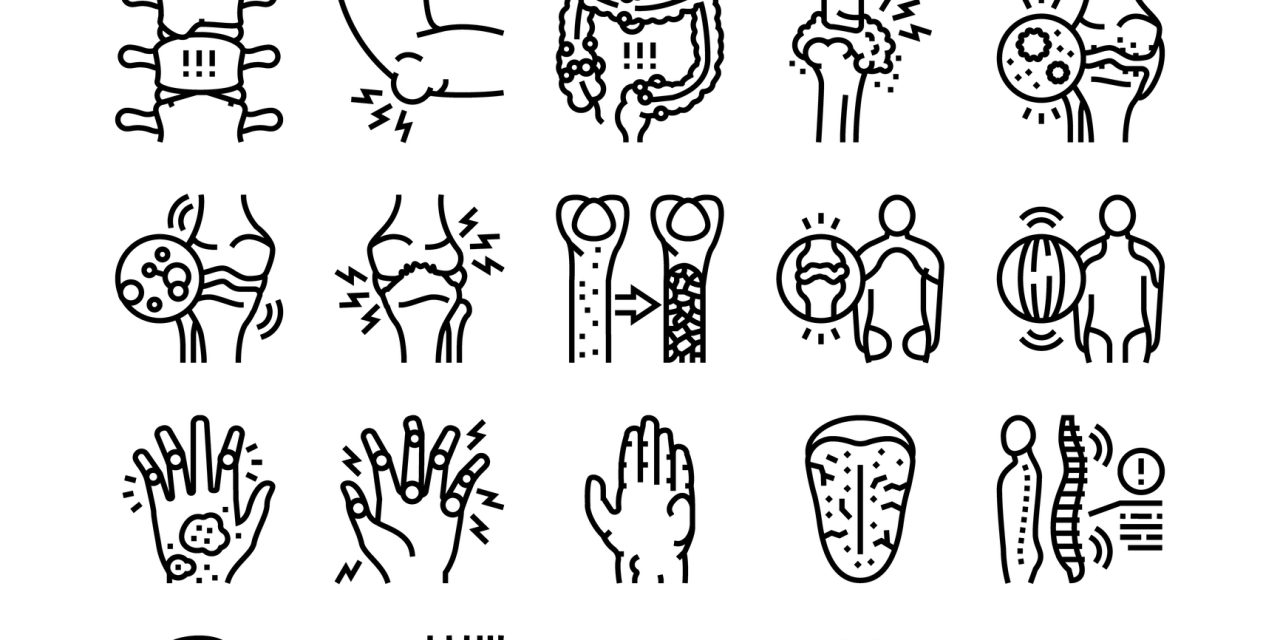The objective of this study conducted by the European League Against Rheumatism (EULAR) and the American College of Rheumatology (ACR) jointly was to develop new classification criteria for systemic lupus erythematosus (SLE). This international initiative involved four phases, namely, (1) an entry criterion through systemic review through evaluation of antinuclear antibody (ANA) and criteria generation through an international Delphi exercise and meta-regression of the literature through early-stage patient assessment and survey. (2) Delphi and nominal group technique exercise for criteria reduction. (3) Criterion performance and on results of a multi-criteria decision analysis were used to evaluate Criteria definition and weighting. (4) Weights and threshold scores were redefined in a new variation cohort that included 1,001 subjects and a comparison of new & old criteria validation cohort of 1,270 subjects.
The positive ANA included in the 2019 EULAR/ACR classification criteria for SLE had obligatory entry criterion after which additive weighted criteria were grouped in 7 clinical (constitutional, hematologic, neuropsychiatric, mucocutaneous, serosal, musculoskeletal, renal) and 3 immunologic (antiphospholipid antibodies, complement proteins weighing between 2-10. Besides, patients with less than or equal to 10 points were identified while the sensitivity of 96.1% and specificity of 93.4% were identified in the new criteria of the validation cohort. On the other hand, 82.8% sensitivity and 93.4% specificity of the ACR 1997 and 96.7% sensitivity and 83.7% specificity were recorded in the Systemic Lupus International Collaborating Clinics 2012 criteria.
It can be concluded that the rigorous methodology of new classification criteria included the use of ANA entry criterion and weighted criteria to offer a foundation to SLE research.


